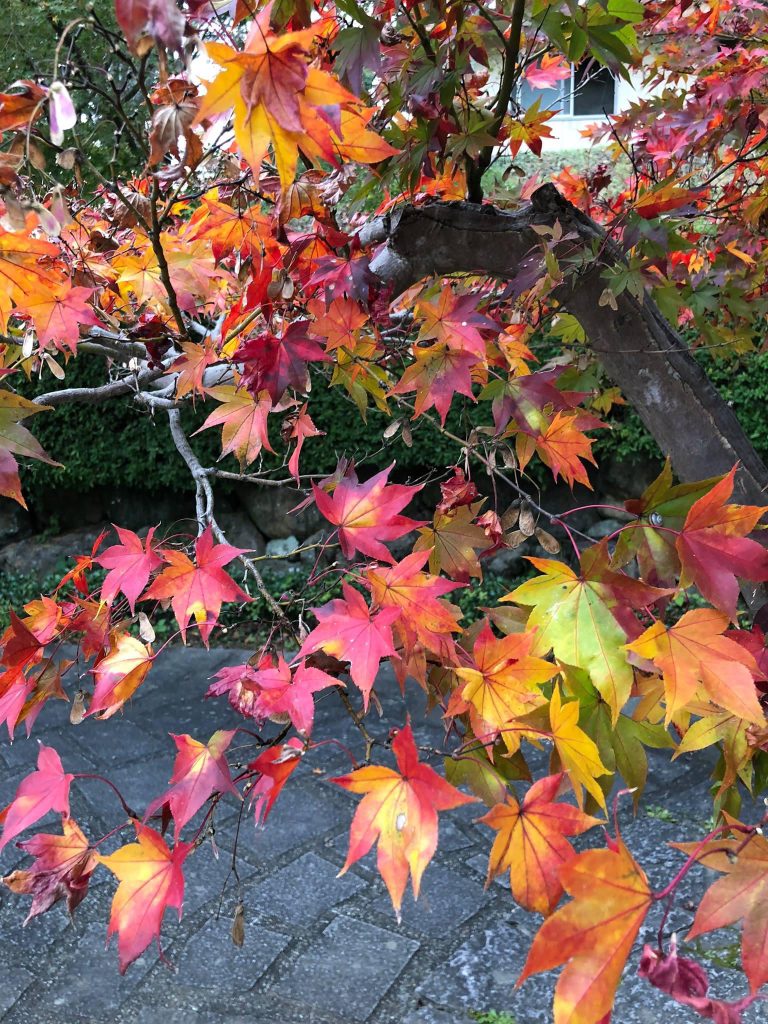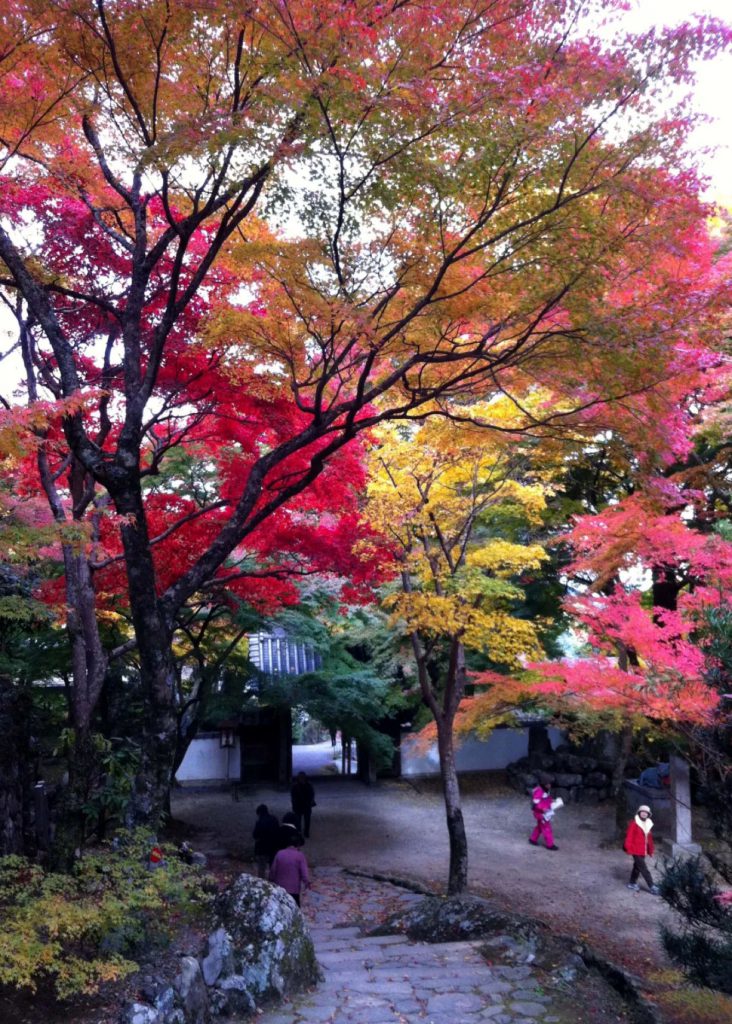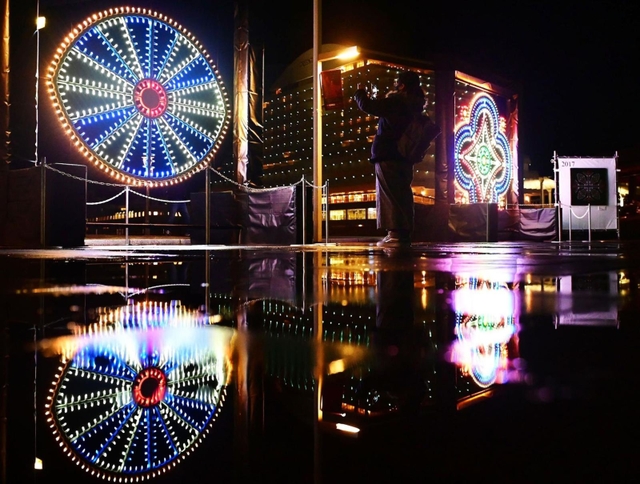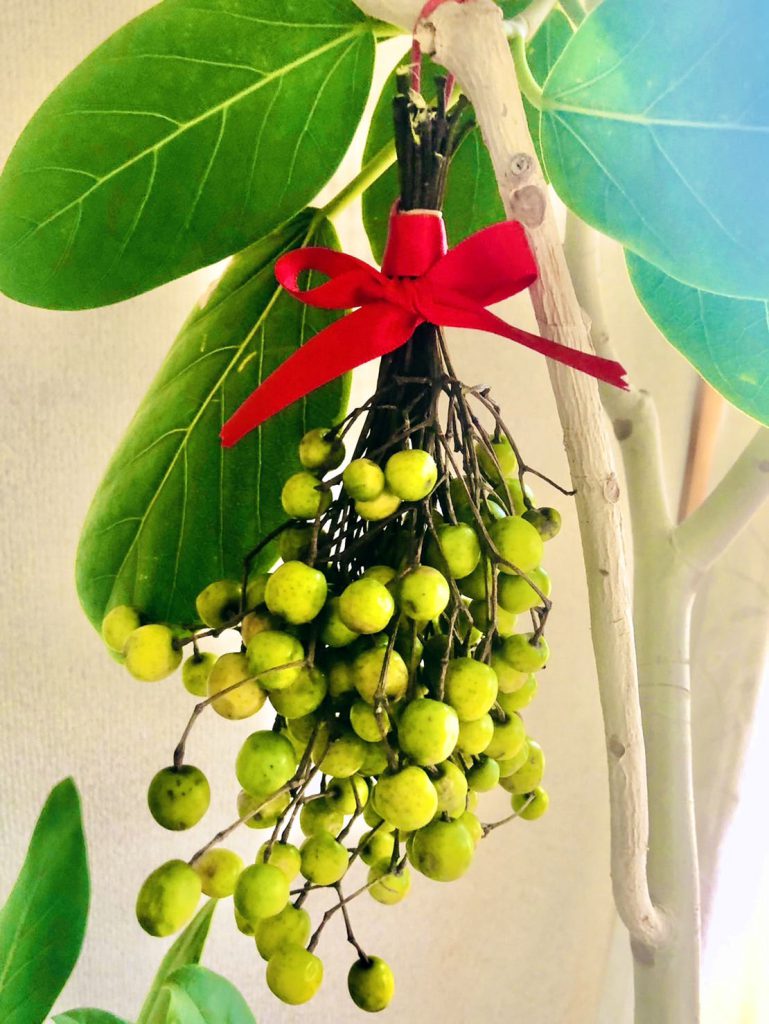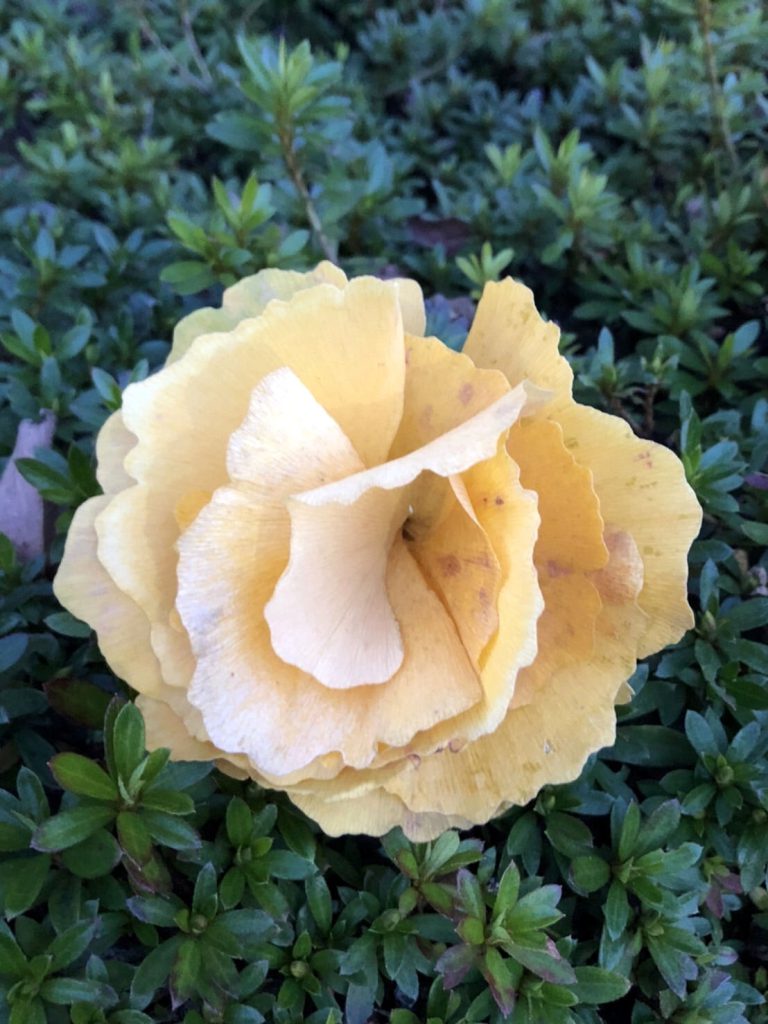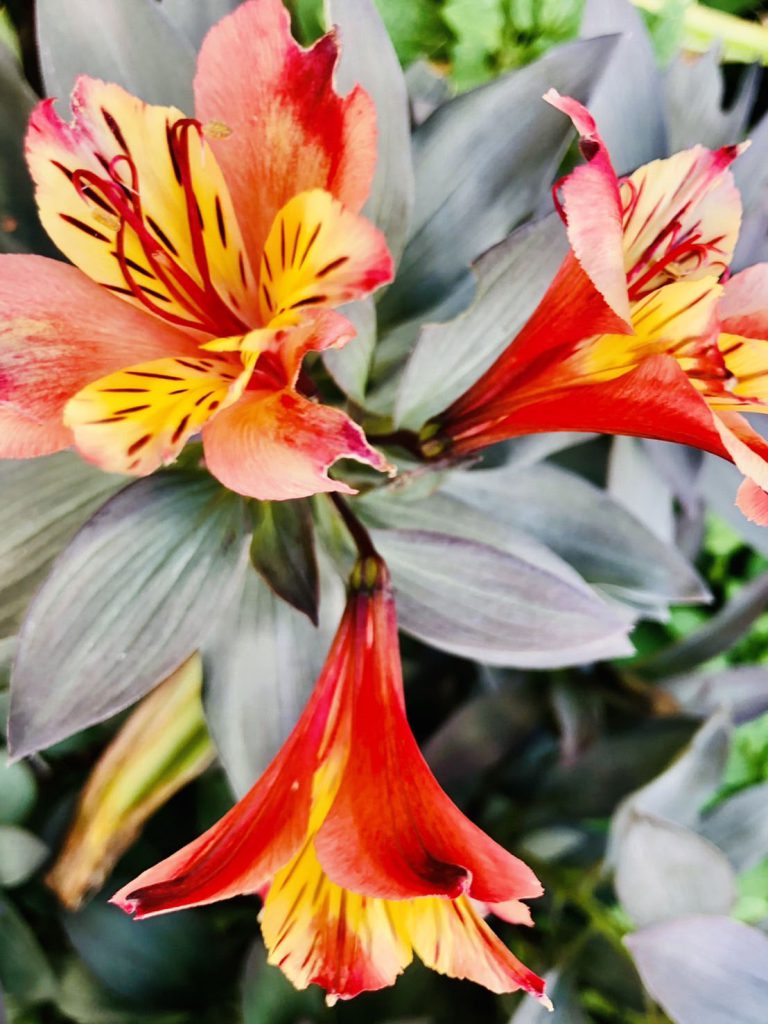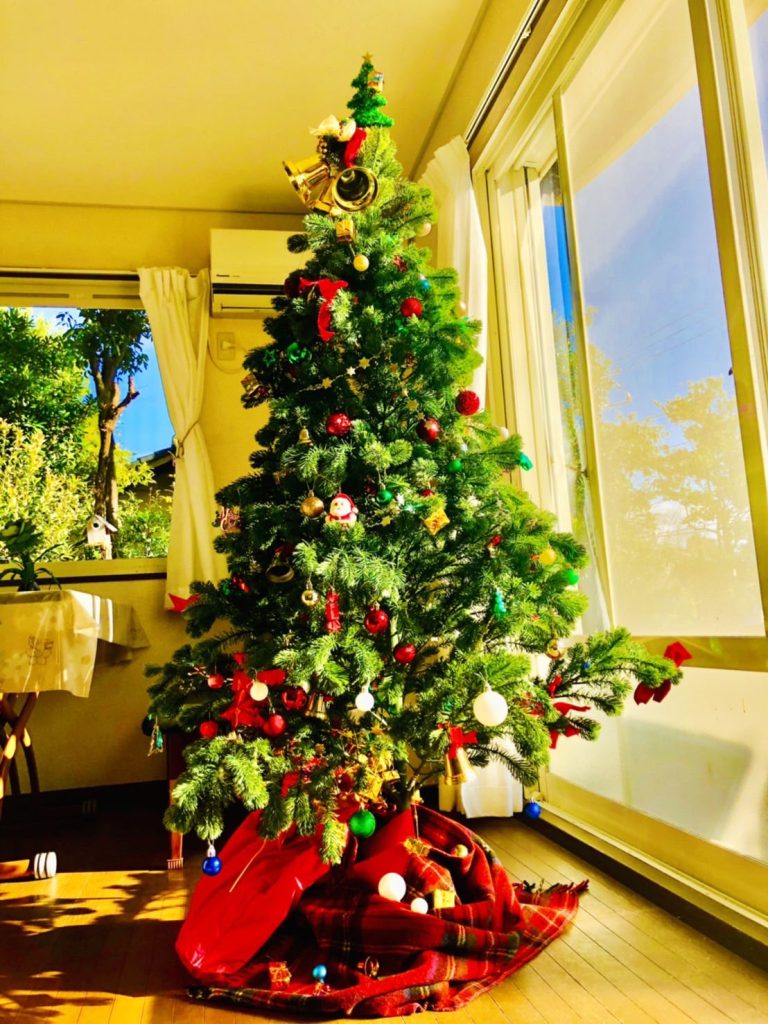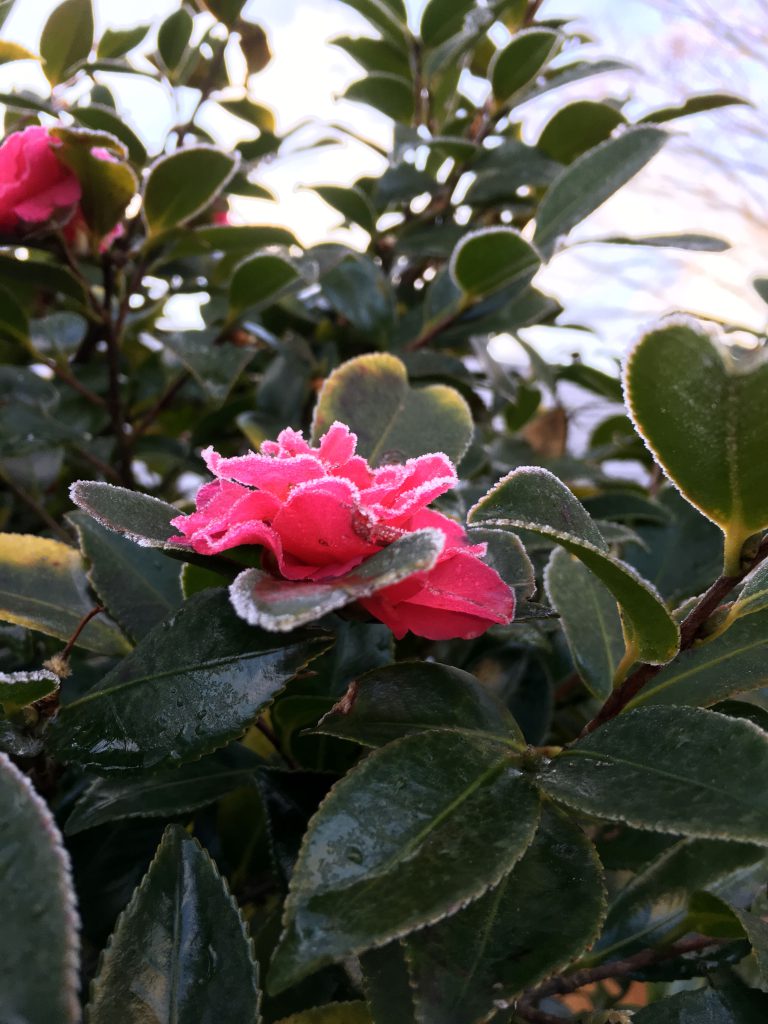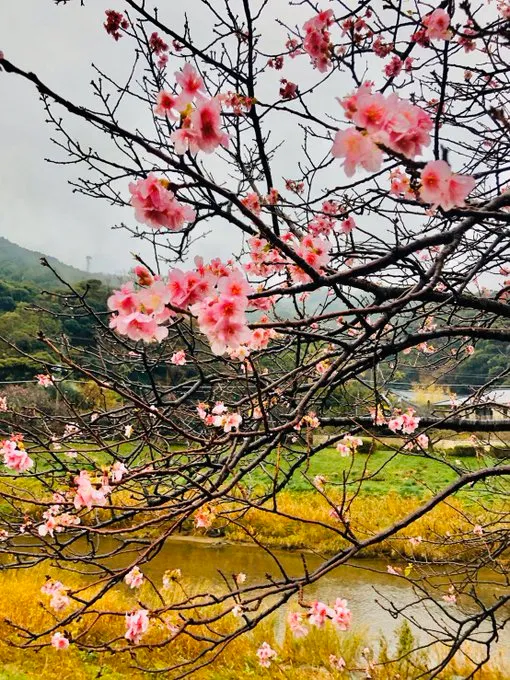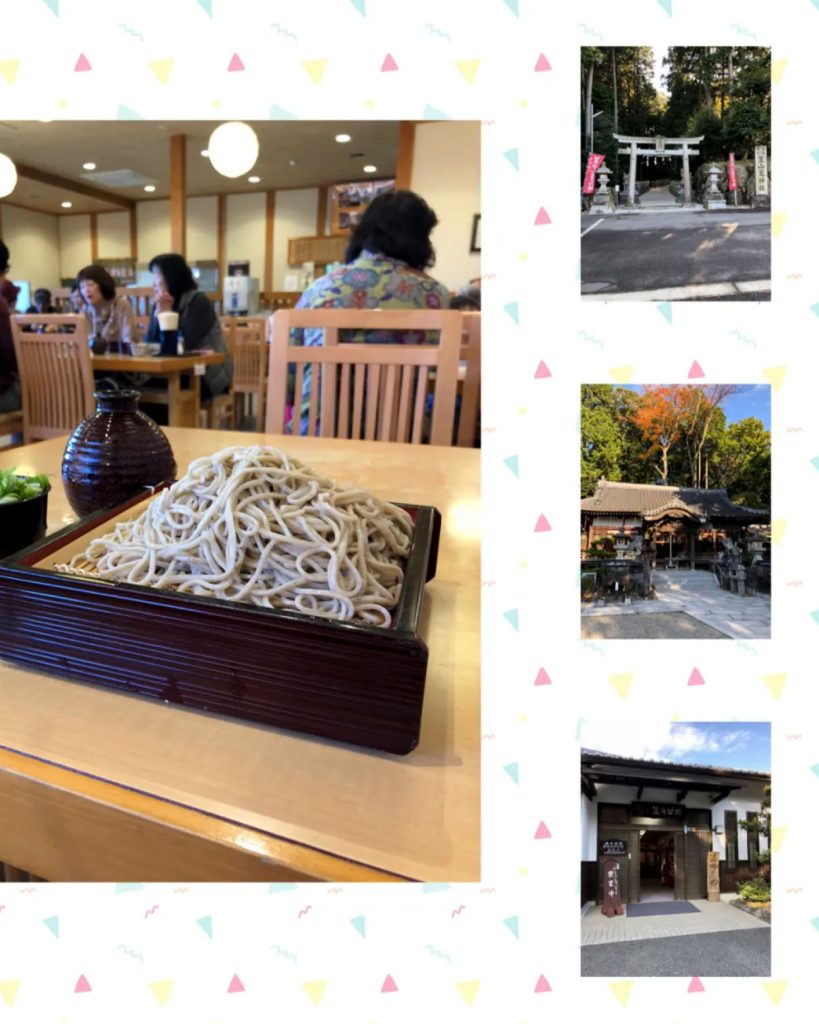
There is a soba restaurant known as “Kasasoba” in the mountains of Sakurai City, Nara. It doesn’t have such a long history, and it is a soba restaurant that opened about 30 years ago as part of the village revitalization. The Kasa area has an altitude of 400 to 500 m, and the temperature difference between morning and evening is large, and it is blessed with the best climate and climate for making soba. Soba flowers are in full bloom around September, and soba made with new soba begins in November, and many people come to enjoy the taste. Right in front of it is Kasayama Kojin Shrine, which is said to be the birthplace of Sanpo Kojin(A shrine that enshrines the god of fire). Together with Kiyoshikojin in Takarazuka City, Hyogo Prefecture, and Tachisato Kojin in Nosegawa Village, Nara Prefecture, it is one of the three major Kojin in Japan. Kasayama Kojin, which has been enshrined at Washigamine mountain in Kasayama since ancient times, which is said to be 3,000 or 6,000 years old, is located in Oku-Hase, just 20 minutes by car from Makimuku, the birthplace of the early Yamato Kingship. The mountains are deep, and there is a mysterious spirit that hides the unknown history of deep faith.
奈良桜井市の山奥に「笠そば」で知られる蕎麦処があります。そんなに古い歴史があるわけではなく、村起こしの一環として30程前にオープンした蕎麦処です。笠地区は標高が400~500m有り、朝夕の寒暖の差が激しく、そばづくりに最適な気候・風土に恵まれています。9月ごろには蕎麦の花が一面に咲き誇り、11月には新そばを使ったおそばが始まり、大勢の人が舌鼓を打ちに訪れます。その真前には三宝荒神の発祥の地と言われる笠山荒神社があります。兵庫県宝塚市の清荒神、奈良県野迫川村の立里荒神とともに、日本三大荒神の一つになっています。三千年とも六千年とも言われる太古より笠山の鷲ケ峰に祀られる笠山荒神は、初期ヤマト王権発祥の地、巻向から車でわずか20分の所、奥長谷に位置する所にあります。山も深く、ここには知られざる深い信仰の歴史が隠されている謎めいた神気が漂う所です。

